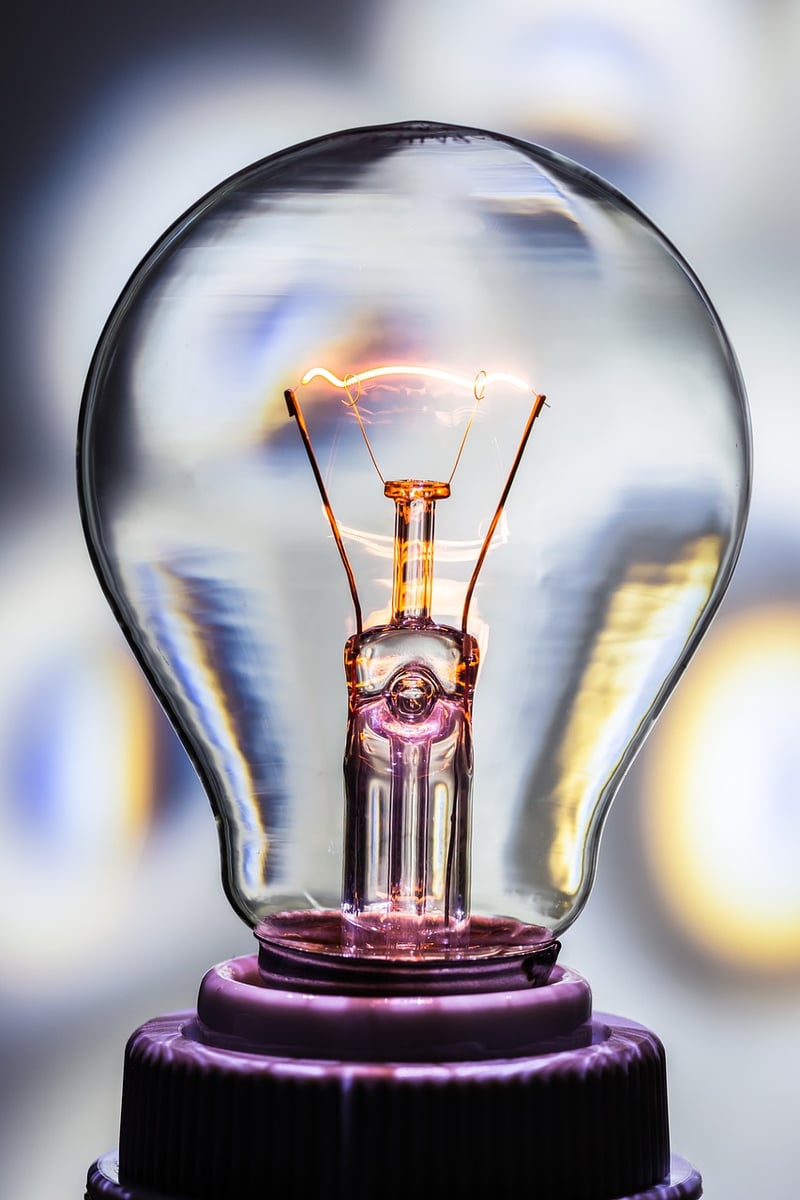Light Requirements
Enhancing Visual Appeal and Functionality with Proper Light Requirements
Introduction
In any space, whether it's a home, office, or outdoor area, lighting plays a crucial role in enhancing visual appeal and functionality. Understanding the light requirements for different settings is essential to create a comfortable and aesthetically pleasing environment. This article explores the importance of lighting in enhancing the visual appeal and functionality of various spaces and provides insights into the different light requirements for optimal results.
The Impact of Lighting on Visual Appeal
Proper lighting can significantly impact the visual appeal of a space. Well-designed lighting can highlight architectural features, create focal points, and enhance the overall ambiance. Whether it's accentuating artwork on a wall, illuminating a dining area, or creating a cozy reading nook, the right lighting can transform the look and feel of any space.
Enhancing Functionality with Proper Lighting
Besides aesthetics, lighting also plays a vital role in improving the functionality of a space. Adequate lighting is essential for performing tasks efficiently, whether it's cooking in the kitchen, working in an office, or reading a book in the living room. Proper lighting can reduce eye strain, increase productivity, and create a safer environment.
Understanding Light Requirements
Each space has unique light requirements based on its purpose and design. Here are some common light requirements for different settings:
1. Ambient Lighting
Ambient lighting provides overall illumination and sets the tone for a space. It should be uniform and diffused to create a comfortable environment. Examples include recessed lighting, chandeliers, and pendant lights.
2. Task Lighting
Task lighting is focused, directional light that illuminates specific work areas. It is essential for activities that require concentrated light, such as reading, cooking, or working at a desk. Desk lamps, under-cabinet lights, and track lighting are common examples of task lighting.
3. Accent Lighting
Accent lighting is used to highlight focal points or create visual interest in a space. It can be used to showcase artwork, architectural details, or decorative elements. Wall sconces, picture lights, and track lighting with adjustable heads are popular choices for accent lighting.
Conclusion
Lighting is a powerful design element that can enhance both the visual appeal and functionality of a space. By understanding the different light requirements for various settings and using a combination of ambient, task, and accent lighting, you can create a well-lit environment that is both aesthetically pleasing and practical.

For more inspiration and ideas on lighting design, visit Lighting Design Magazine.
